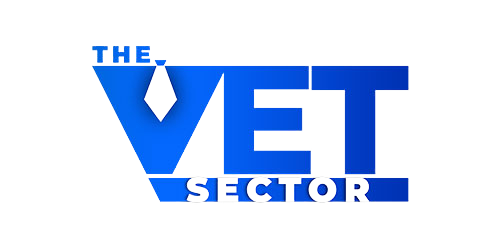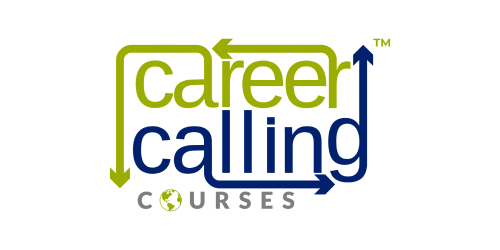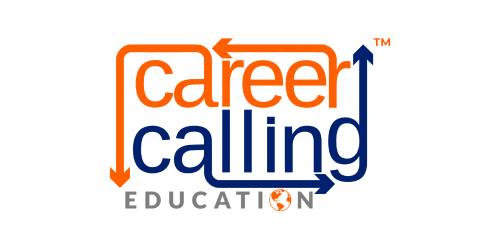Leadership in the vocational education and training (VET) sector in Australia goes beyond just delivering courses and assessing students. It involves a set of skills that enable educators to guide, inspire, and empower learners to achieve their full potential. Today, we will explore the six crucial leadership skills, which we will call the "Educator's Essentials," that every VET professional must master to excel in their role and significantly impact their students' learning journey and career success.
The VET sector plays a vital role in equipping individuals with the knowledge, skills, and competencies needed to succeed in their chosen careers. Students rely heavily on the expertise and guidance of their educators not only to acquire technical skills but also to develop the soft skills and mindset necessary for thriving in the workforce. Effective leadership skills in communication, engagement, education, training, coaching, and mentoring are essential to building trust, fostering a love for learning, and leading students towards personal and professional growth.
The "Educator's Essentials" skills of leadership are:
Communicating: The foundation of an educator's role is effective communication. Whether it's explaining complex concepts, providing feedback, or presenting ideas, the ability to communicate clearly, engagingly, and with empathy is indispensable. This skill ensures that messages are conveyed accurately and in a way that resonates with learners.
Engaging: Engaging students is about creating a learning environment that captures their interest, encourages participation, and fosters a sense of belonging. It involves using various teaching strategies, interactive activities, and real-world examples to make learning relevant, meaningful, and enjoyable.
Educating: VET educators must be subject matter experts and skilled at breaking down complex information into digestible, understandable content. Educating is about facilitating knowledge acquisition, developing critical thinking skills, and helping students apply their learning in practical settings.
Training: This skill focuses on developing students' technical and practical skills through hands-on learning experiences. A VET educator must be able to design and deliver training programs that are aligned with industry standards, use appropriate tools and equipment, and provide ample opportunities for practice and feedback.
Coaching: Coaching in VET goes beyond teaching—it's about guiding students to uncover their strengths, overcome challenges, and achieve their goals. It involves asking powerful questions, providing support and encouragement, and helping students develop the self-awareness and confidence needed for success.
Mentoring: The final skill in the Educator's Essentials. Mentoring is about being a trusted advisor and role model for students. It involves sharing industry insights, providing guidance on career pathways, and helping students navigate the transition from education to employment.
To integrate these skills into your practice, start by reflecting on your current strengths and areas for improvement. Seek feedback from colleagues, students, and industry partners, and engage in professional development opportunities that focus on these key areas. Incorporate these skills intentionally in your teaching practice, student interactions, and industry engagement activities.
As you continue to refine these skills, share your experiences and insights with others in the VET community through conferences, workshops, online forums, or social media platforms like LinkedIn. This will enhance your professional profile and contribute to the collective growth and advancement of the VET sector.
By mastering these six essential leadership skills, VET professionals can significantly improve their effectiveness, impact, and student outcomes, ultimately leading to a more fulfilling and impactful career in vocational education and training.
Let's engage in a conversation about how we can cultivate these leadership skills in the VET sector. Share your thoughts, experiences, and strategies for empowering students and preparing them for success in their chosen careers. Together, we can elevate the quality and impact of vocational education and training in Australia.


































